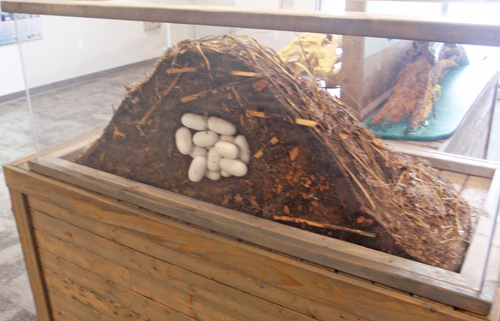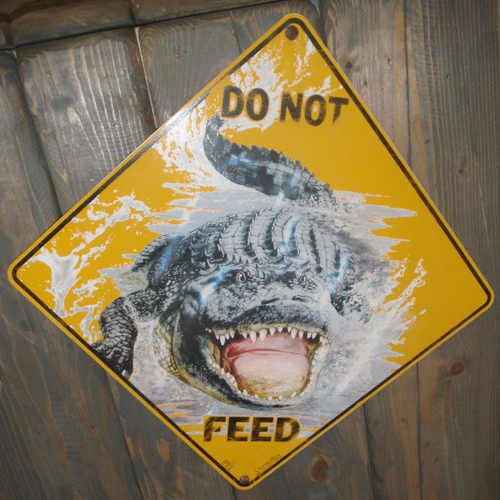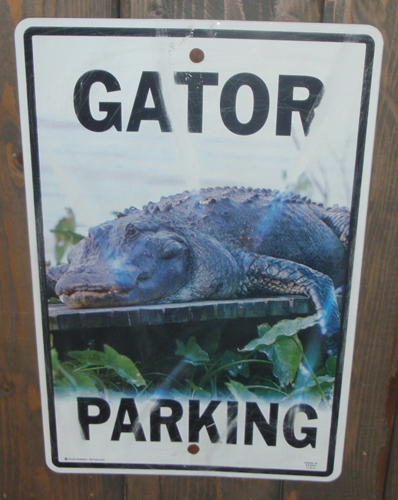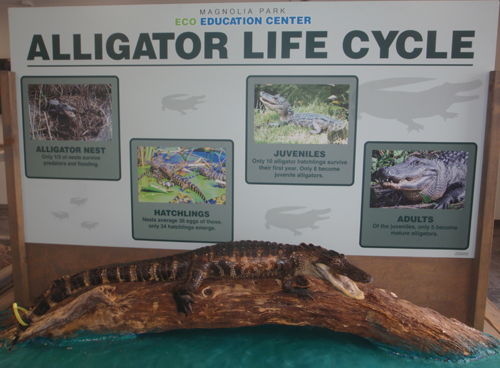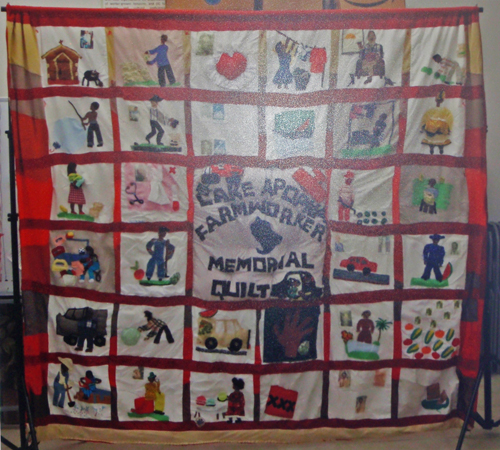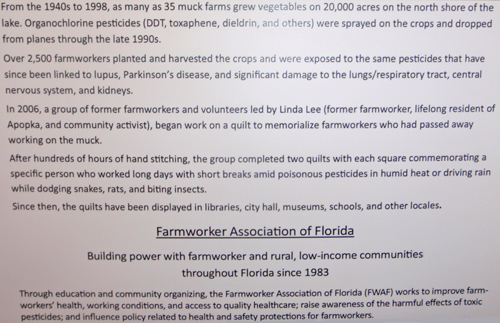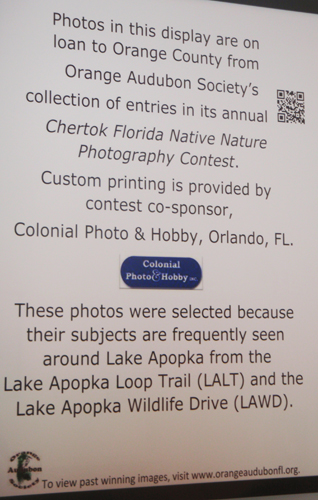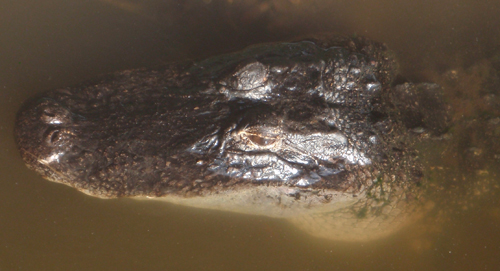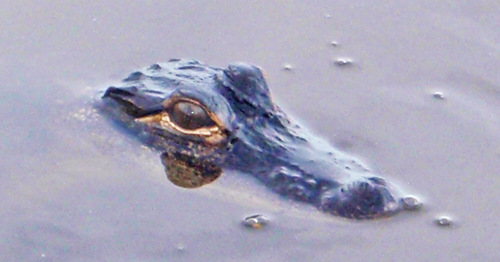Magnolia Park
Magnolia Park
ECO Education Center
ALLIGATOR LIFE CYCLE
ALLIGATOR NEST
Only 1/3 of nests survive predators and flooding.
HATCHLINGS
Nests average 38 eggs.
Of those, only 24 hatchlings emerge.
JUVENILES
Only 10 alligator hatchlings survive their first year.
Only 8 become juvenile alligators.
ADULTS
Of the juveniles, only 5 become mature alligators.
*estimated numbers
Source: my FWC.com
From the 1940s to 1998, as many as 35 muck farms grew vegetables on 20,000 acres on the north shore of the lake. Organochloride pesticides (DDT, toxaphene, dieldrin, and others) were sprayed on the crops and dropped from planes through the late 1990s.
Over 2,500 farmworkers planted and harvested the crops and were exposed to the same pesticides that have since been linked to lupus, Parkinson's disease, and significant damage to the lungs / respiratory tract, central nervous system, and kidneys.
In 2006, a group of former farmworkers and volunteers led by Linda Lee (former farmworker, lifelong resident of Apopka, and community activist), began work on a quilt to memorialize farmworkers who had passed away working on the muck.
After hundreds of hours of hand stitching, the group completed two quilts with each square commemorating a specific person who worked long days with short breaks amid poisonous pesticides in humid heat or driving rain while dodging snakes, rats, and biting insects.
Since then the quilts have been displayed in libraries, city hall, museums, schools, and other locales.
Farmworker Association of Florida
Building power with farmworker and rural, low-income communities throughout Florida since 1983.
Through education and community organizing, the Farmworker Association of Florida (FWAF) works to improve farmworkers' health, working conditions, and access to quality healthcare; raise awareness of the harmful effects of toxic pesticides; and influence policy related to health and safety protections for farmworkers.
